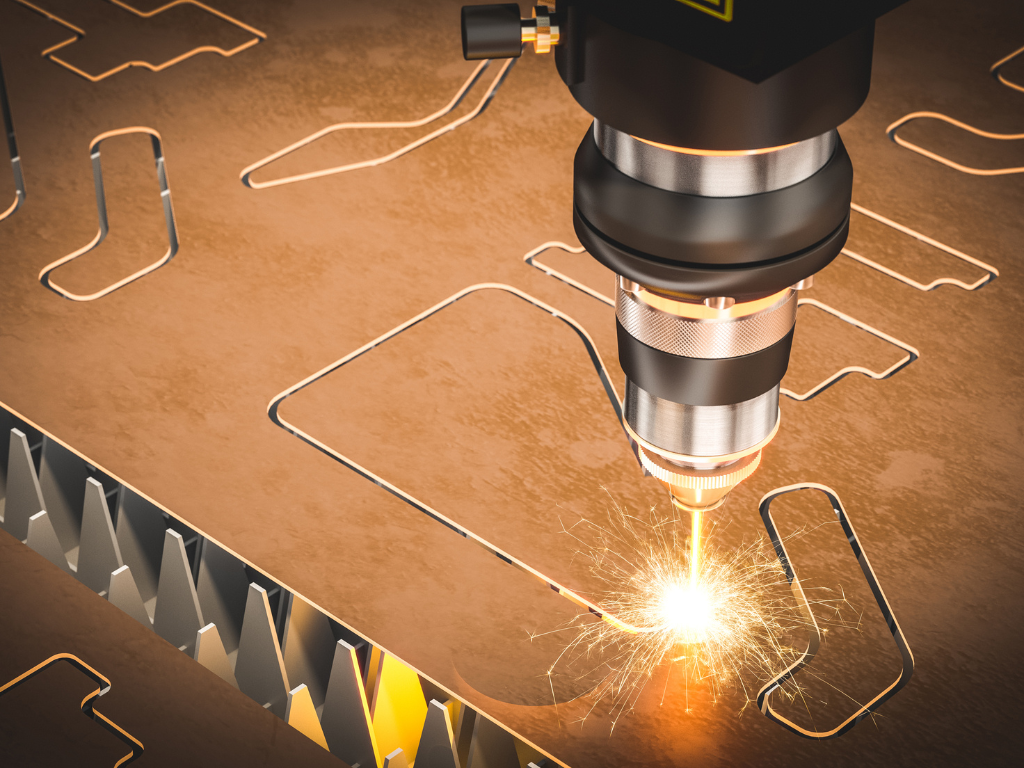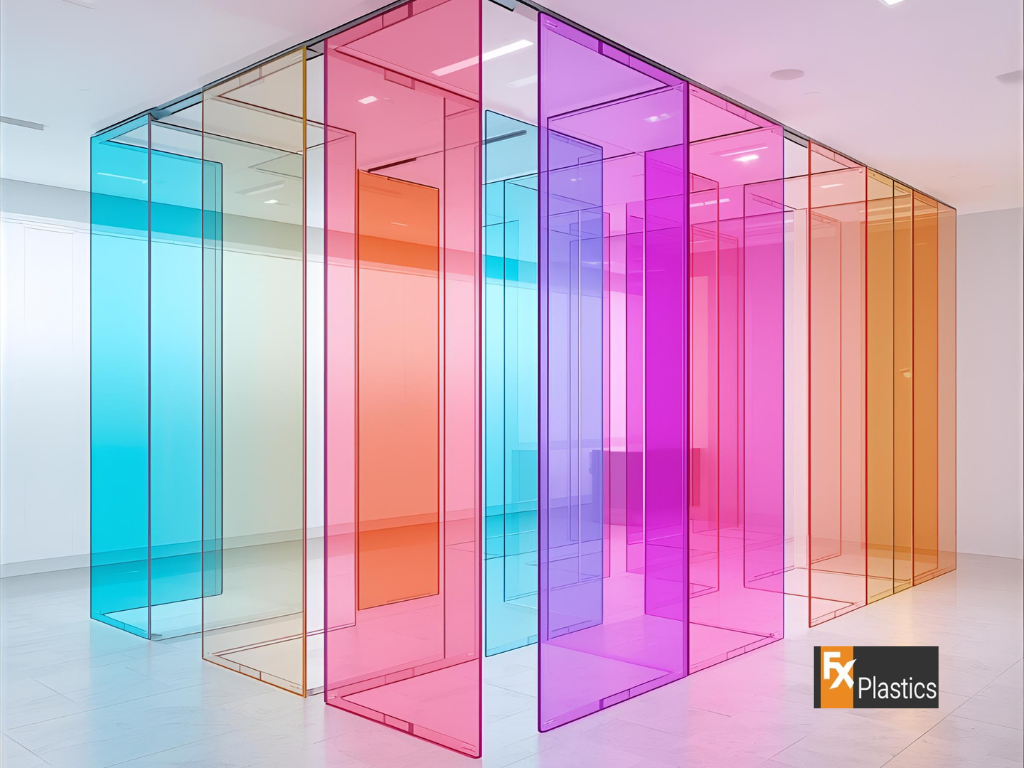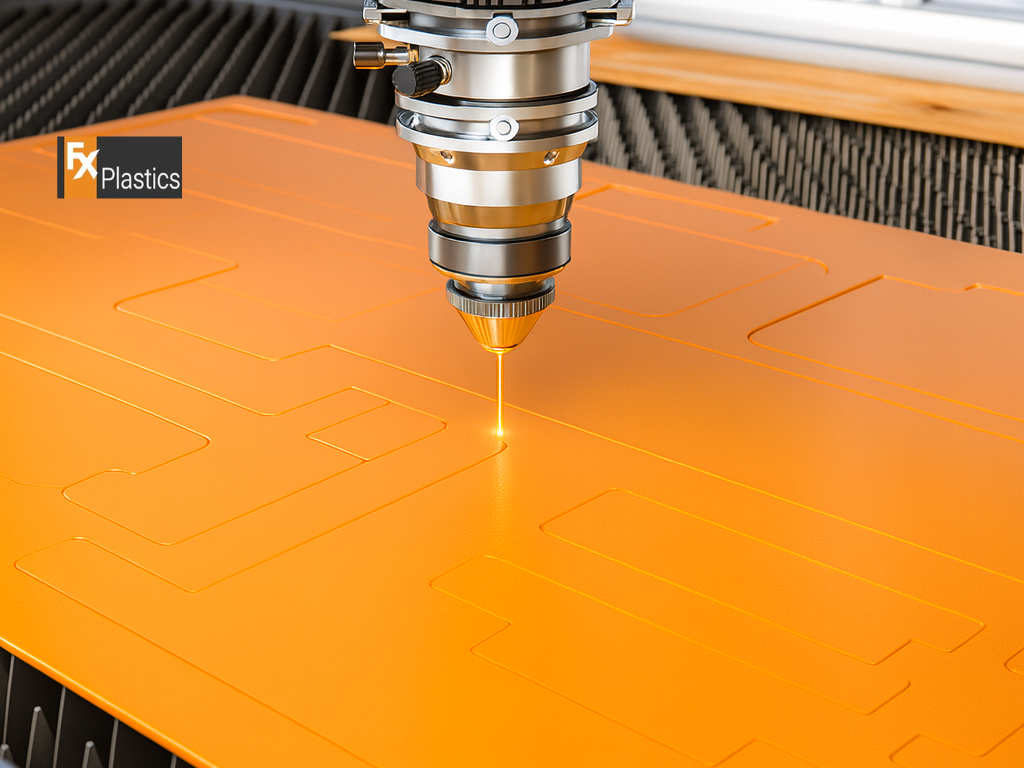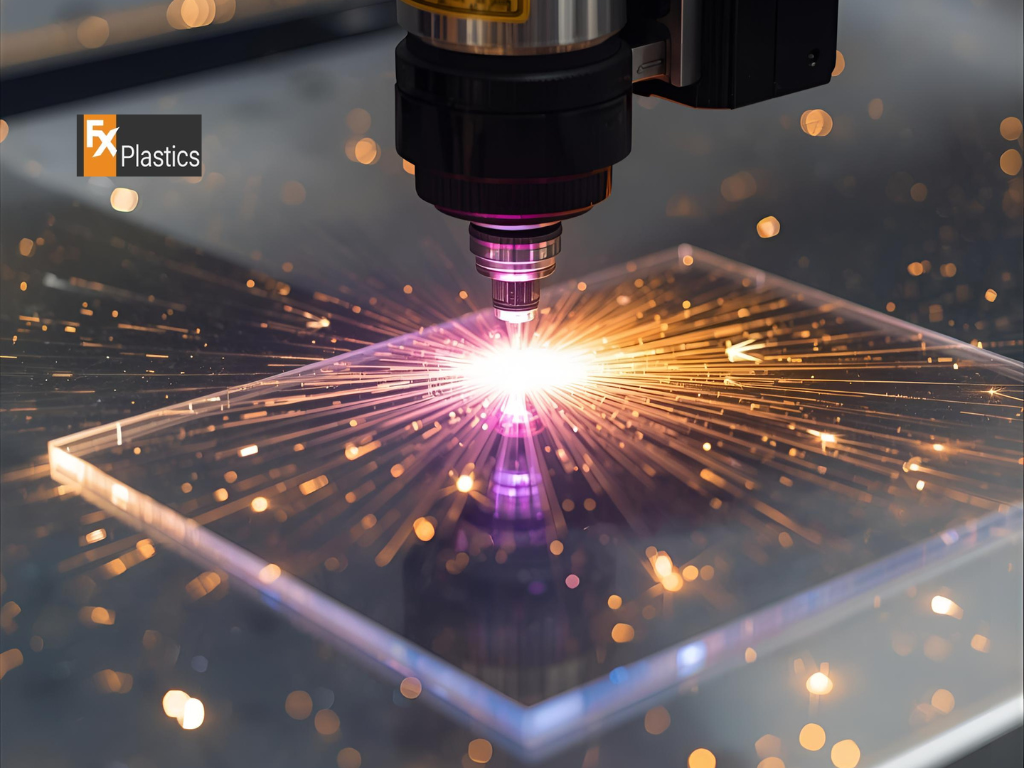
Navigating the process of Perspex cutting can be an adventure of precision and creativity. Commonly used in a multitude of applications from home decor to commercial signage, Perspex is a versatile material that combines the visual clarity of glass with the durability and easy workability of plastic. This guide provides an in-depth look into the techniques, tools, and tips for effectively cutting Perspex, empowering both hobbyists and professionals to achieve immaculate results.

Incorporating these detailed practices when cutting Perspex will not only achieve precision but also prevent material waste and extend the life of your tools. As we proceed with our guide, the following sections will address more specific techniques and troubleshooting tips to refine your Perspex cutting skills.
When cutting Perspex, you may encounter several common issues. Here’s how to troubleshoot them:
Once you’ve made your cuts, the edges of Perspex may need some finishing:
For those seeking to take their Perspex cutting to a professional level, consider these advanced tips:
Remember, advanced techniques often require specialized equipment and training, so consider outsourcing complex jobs to professionals if you’re not experienced with these tools.
By adhering to these guidelines and procedures, you can ensure that your Perspex cutting project is not only successful but also safe and environmentally conscious. Whether you’re a hobbyist working on a DIY project or a professional fabricator, these insights will help refine your technique and enhance the quality of your work with Perspex.
More Blog

Modern businesses want materials that look good, last long, and offer creative flexibility. That’s why

When precision and design accuracy matter, cnc cutting services are a perfect solution. These services

In recent years, more people have started to ask questions about the environmental impact of

When people hear Design and Fabrication, they often think of big metal structures. But in